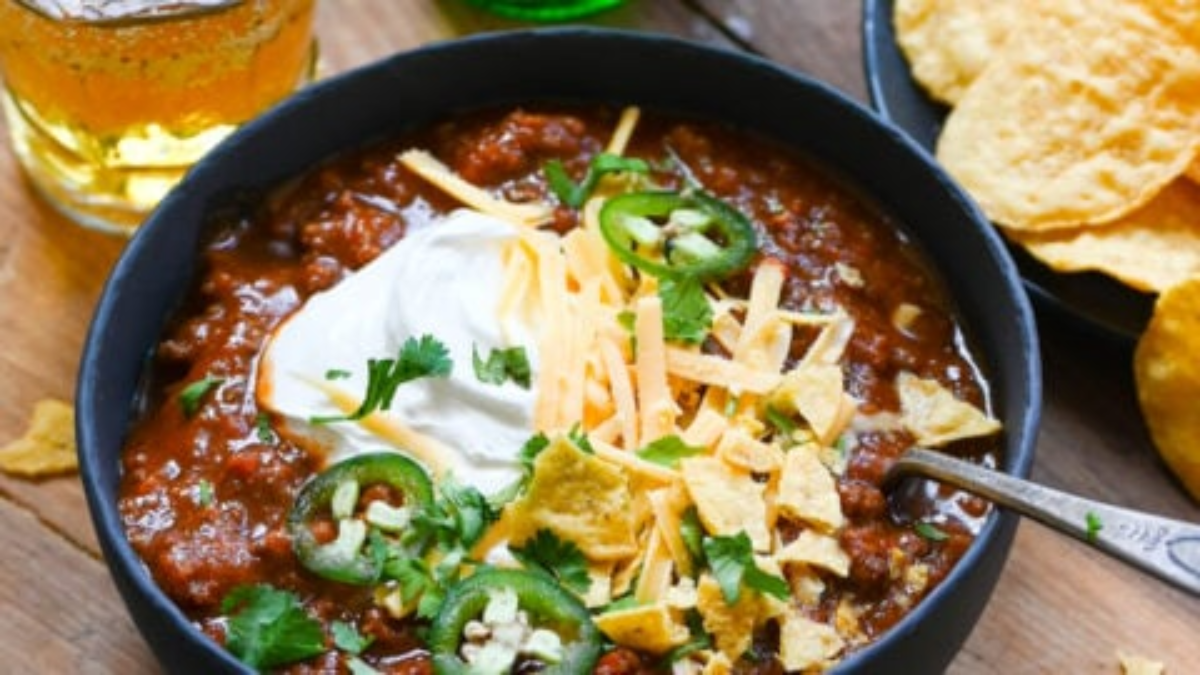Culinary Creations Food: Where Flavor Meets Art

Culinary Creations Food : In today’s world, food has evolved from mere sustenance to a vibrant, immersive experience that engages all the senses. “Culinary Creations Food: Where Flavor Meets Art” is a concept that beautifully blends the science of taste with the artistry of presentation. Whether it’s a sophisticated five-star dish or a humble home-cooked meal, chefs around the world are elevating food to a medium of artistic expression, where every ingredient plays a role in telling a story.
The Fusion of Flavor and Artistry
Culinary art is the intersection of creativity, skill, and knowledge. The journey begins long before the first dish is plated. It starts with careful ingredient selection, consideration of texture and color, and understanding the cultural roots of each dish. A chef becomes an artist, blending tradition with innovation to create something that not only satisfies the palate but also delights the eyes.
Just like in any art form, the plating of food is essential in conveying the chef’s vision. The arrangement of food on a plate transforms it from a simple meal into a visual masterpiece. From the delicate swirl of a sauce to the vibrant colors of fresh vegetables, every component is carefully chosen to create a harmonious balance between aesthetics and flavor. The texture of the dish is equally important – each bite should deliver an array of sensations, from crunchy and crispy to smooth and velvety.
The Role of Culinary Creations Food Flavors
Flavors are the soul of any culinary creation. A true culinary artist knows how to balance different tastes—sweet, sour, salty, bitter, and umami—to create a symphony of sensations. Ingredients like herbs, spices, and seasonings are used not only to enhance the natural flavors of food but also to evoke emotions and memories.
Culinary creativity often involves blending contrasting flavors to spark curiosity and surprise. For example, the sweetness of fruit paired with the saltiness of cheese, or the spicy kick of chili combined with the coolness of yogurt. These combinations challenge the traditional notions of flavor, bringing a new layer of complexity to a dish.
The Science Behind Culinary Culinary Creations Food
While culinary creations are often seen as works of art, there is also a scientific element at play. The Maillard reaction, for example, is responsible for browning and flavor development in cooked foods, particularly proteins and carbohydrates. Chefs use this knowledge of chemistry to perfect their techniques, ensuring that each dish is cooked to perfection.
Similarly, the use of sous-vide cooking, molecular gastronomy, and fermentation showcases how science can be harnessed to bring out new textures and flavors that wouldn’t otherwise be achievable through traditional cooking methods. In this sense, cooking becomes both an art and a science, where precision and creativity come together to produce extraordinary results.

Culinary Creations Food as a Form of Personal Expression
For chefs, creating dishes is not just about following recipes or satisfying customers—it’s about expressing themselves. A plate of food can tell a story, convey a feeling, or reflect a moment in time. Chefs often draw inspiration from their surroundings, cultural heritage, and personal experiences, which is why no two culinary creations are ever exactly the same.
Many chefs have made a name for themselves by pushing the boundaries of what is considered conventional. Their menus are full of inventive and unexpected combinations, with new techniques and ingredients that challenge diners to think about food in a different way. Culinary creations have thus become a platform for innovation and self-expression, much like painting, music, or any other form of artistic expression.

Conclusion
In the world of culinary creations, food is far more than just something to eat—it’s a medium of art that brings together flavor, science, and creativity. By combining these elements, chefs can create dishes that not only satisfy hunger but also provoke thought, stir emotions, and captivate the senses. “Where Flavor Meets Art” isn’t just a slogan, it’s a movement that is changing the way we perceive food and the role it plays in our lives.
As food continues to evolve and innovate, one thing is clear: culinary creations are not just about nourishment, they are about crafting a deeper connection with the world around us, one dish at a time.
Also Read : What Are The Basic Techniques In Food Styling?
FAQs
- What makes culinary creations a form of art? Culinary creations are considered art because they involve creativity, skill, and expression, much like painting or sculpture. The careful selection and presentation of ingredients, as well as the balance of flavors, create an experience that engages all the senses.
- How do chefs balance flavors in their dishes? Chefs balance flavors by considering the five basic tastes: sweet, salty, sour, bitter, and umami. They use ingredients such as herbs, spices, and acids to create harmony and contrast, allowing the dish to evoke emotions and surprise the palate.
- Is there a scientific aspect to culinary creations? Yes, cooking involves science, from the Maillard reaction that browns food to the use of molecular gastronomy for creating new textures and flavors. Understanding these scientific principles allows chefs to perfect their dishes and create innovative culinary experiences.
- How do chefs innovate in their cooking? Chefs innovate by experimenting with new techniques, unusual ingredient combinations, and exploring cultural influences. They often challenge conventional cooking methods to create unexpected and delightful culinary experiences.
- What is the importance of plating in culinary creations? Plating is crucial because it turns food into an artistic visual experience. The way food is arranged on a plate influences the diner’s perception and enhances the overall enjoyment of the meal.




